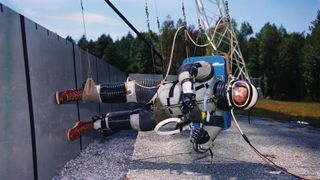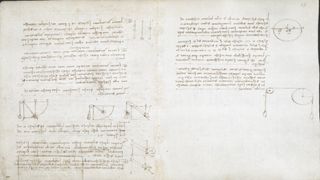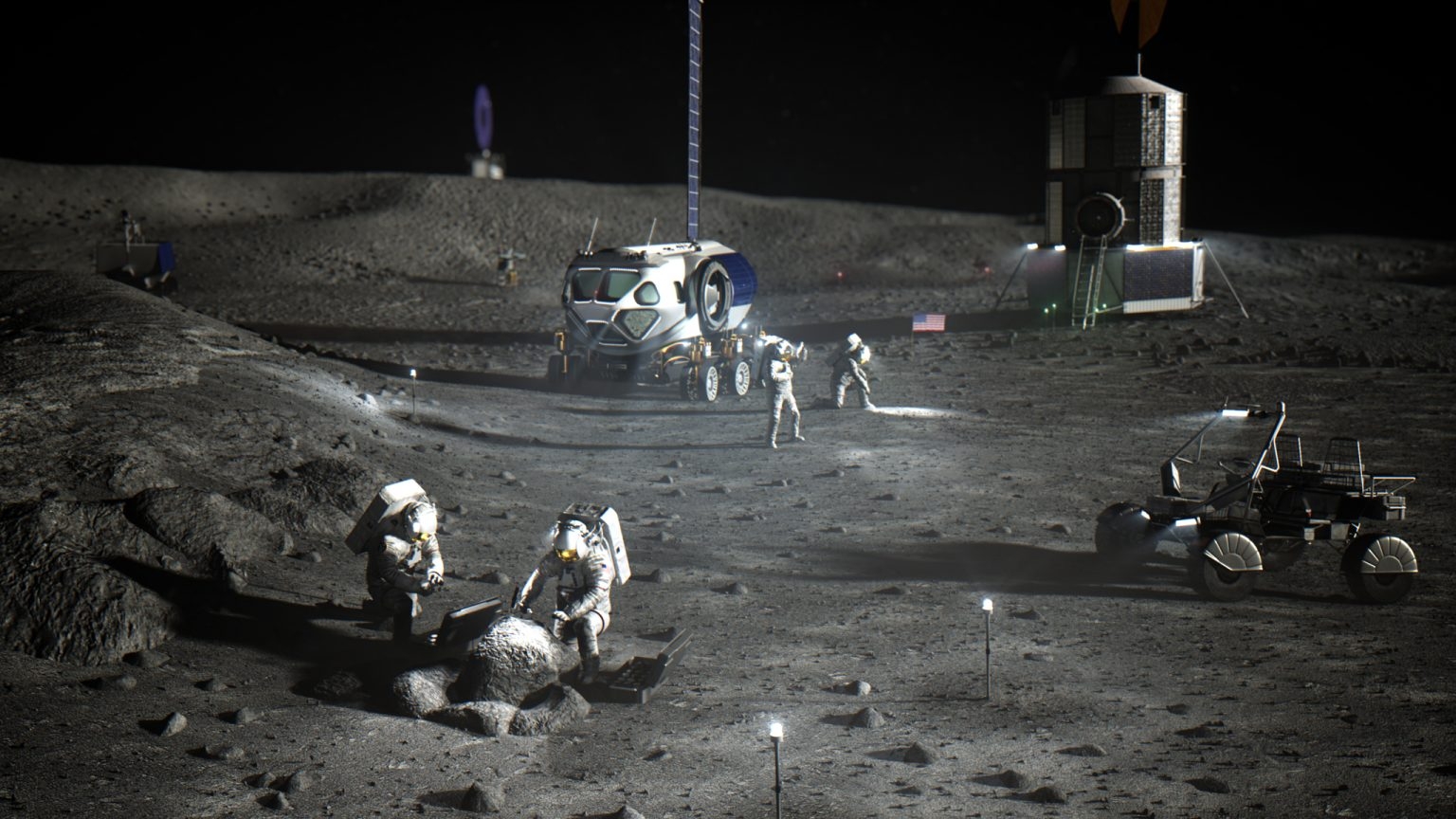Theory of Relativity in Space: Latest science, tests and images
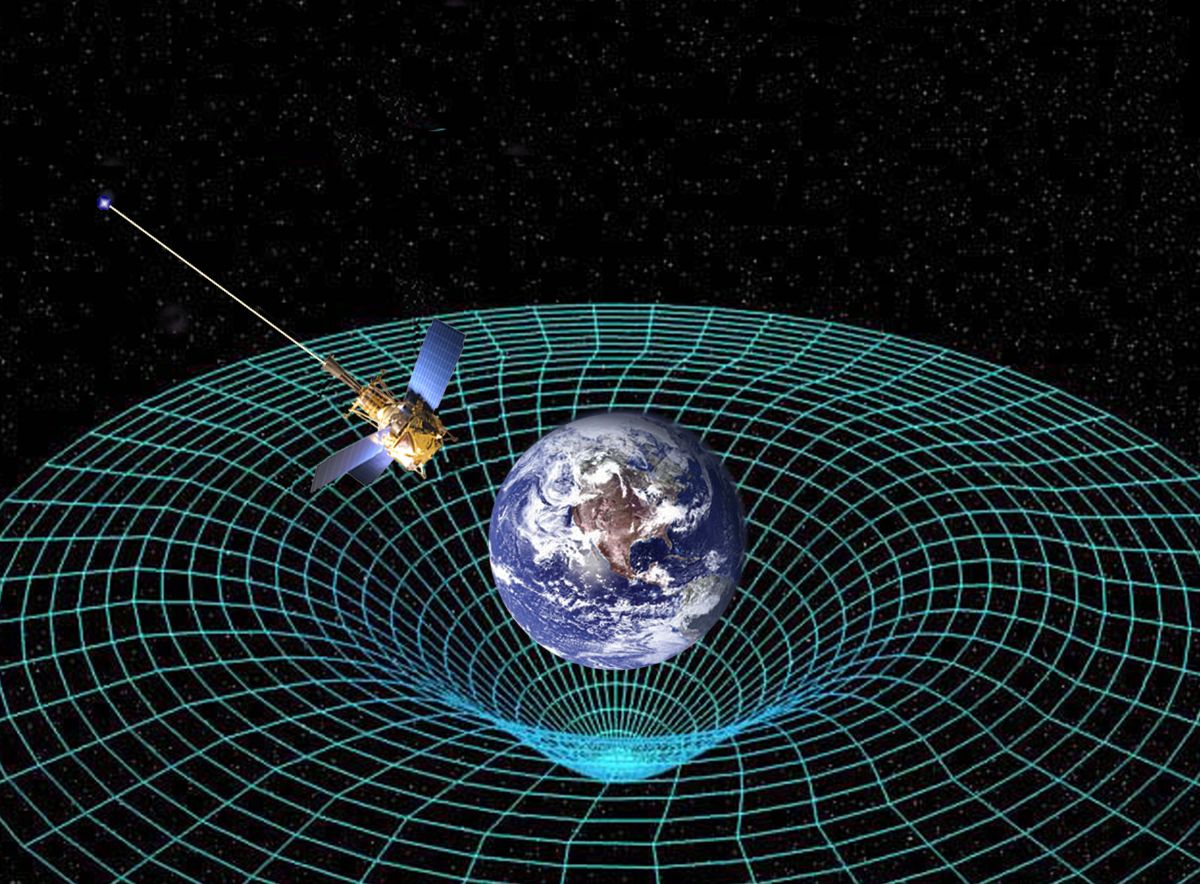
Albert Einstein's theory of special relativity explains how space and time are linked, but it doesn't include acceleration. By including acceleration, Einstein later developed the theory of general relativity, which explains how massive objects in the cosmos distort the fabric of space-time. The theory explains how this distortion is felt as the force of gravity, as it predicts how much the mass of an object curves space-time. Scientists test relativity by observing objects in space and seeing if their behaviors match up with Einstein's explanations of space-time and gravity, for instance by observing how light bends around massive objects as it travels towards Earth.
Related Topics: The Big Bang Theory, Black Holes, Dark Matter, Gravitational Waves, Multiverse
Latest about theory of relativity
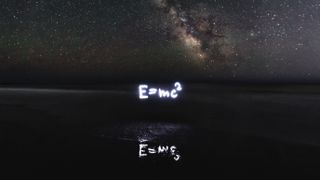
Special relativity explained: Einstein's mind-bending theory of space, time and light
By Vicky Stein, Daisy Dobrijevic last updated
Einstein's paper on special relativity revolutionized light, light speed, matter and energy with a deceptively simple equation.
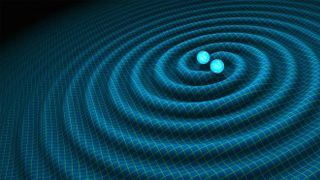
What is the theory of general relativity? Understanding Einstein's space-time revolution
By Nola Taylor Tillman, Meghan Bartels, Scott Dutfield last updated
Reference Albert Einstein's theory of general relativity is based on the idea that massive objects cause a distortion in space-time, which is felt as gravity.
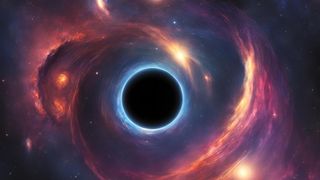
Study finds black holes made from light are impossible — challenging Einstein's theory of relativity
By Andrey Feldman published
New theoretical research finds that it's impossible to form a black hole with the energy of light particles alone, poking a hole in Einstein's theory of general relativity.
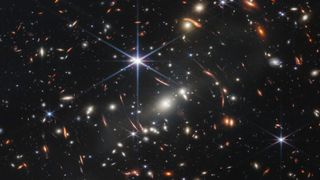
Where is the center of the universe?
By Paul Sutter published
Space mysteries Is there a center of the cosmos, and if so, where is it?
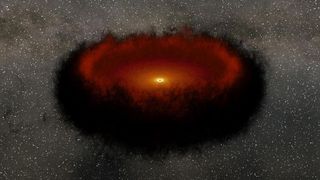
Black hole singularities defy physics. New research could finally do away with them.
By Andrey Feldman published
Black hole singularities defy the laws of physics. New research presents a bold solution to this puzzle: Black holes may actually be a theoretical type of star called a 'gravastar,' filled with universe-expanding dark energy.
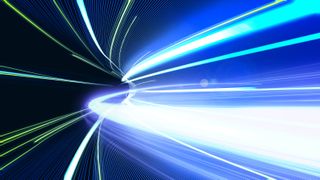
Distorted crystals use 'pseudogravity' to bend light like black holes do
By Stephanie Pappas published
Researchers have used a special crystal to bend the trajectory of light like a black hole would, a phenomenon known as 'pseudogravity.'
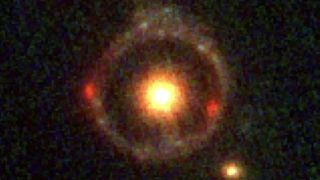
'Einstein ring' snapped by James Webb Space Telescope is most distant gravitationally lensed object ever seen
By Harry Baker published
The James Webb Space Telescope has snapped a stunning image of a perfectly formed Einstein ring, which is also the most distant gravitationally lensed object ever detected.
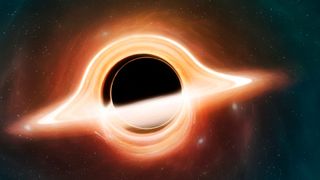
'Twisty' new theory of gravity says information can escape black holes after all
By Paul Sutter published
Einstein's theory of relativity say black holes are 'bald', but a new tweak to his research may give the mysterious objects their long-sought 'hair.'
Breaking space news, the latest updates on rocket launches, skywatching events and more!
